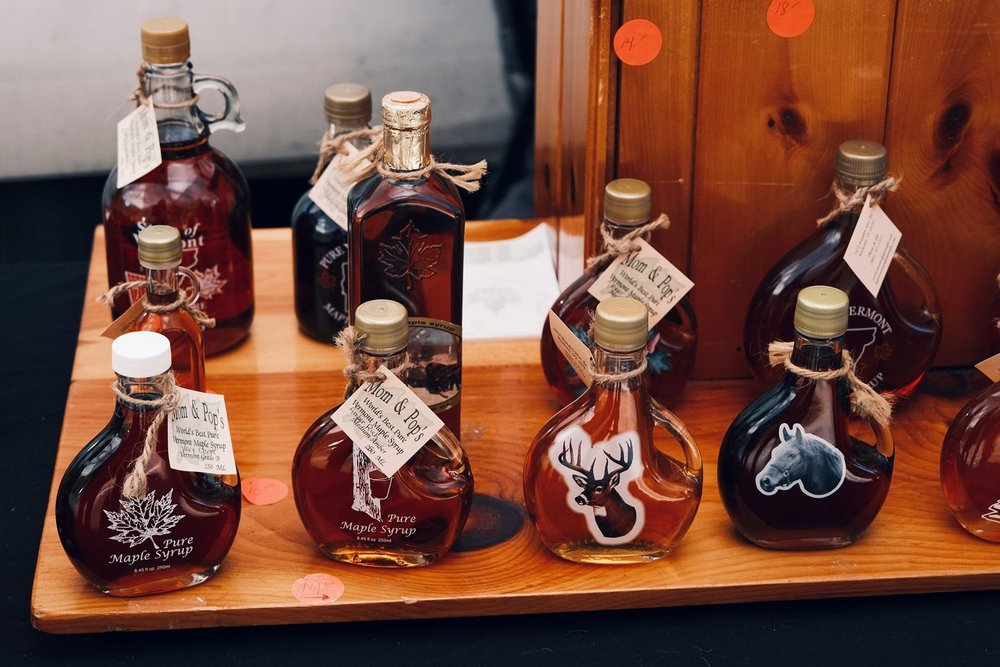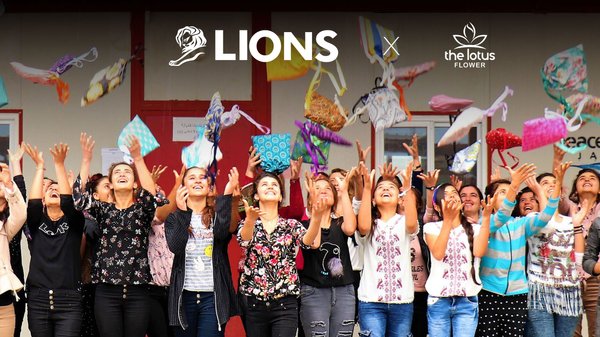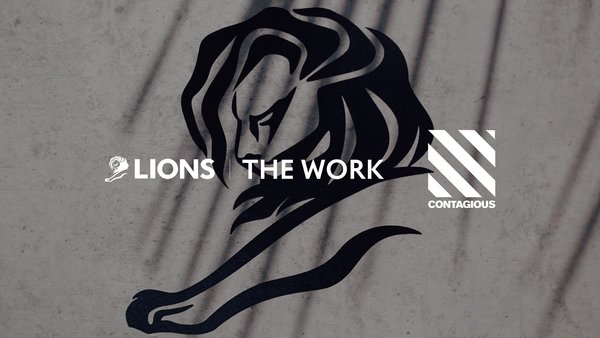‘We already knew there’s a bias against creativity — I’m saying it’s something that can be addressed’ /
Wayne Johnson, a postdoctoral scholar specialising in the evaluation of novel ideas, on why people reject creativity, and how you can overcome that bias
James Swift
/
A study published in Nature earlier this year found that people were more likely to disagree about the value of truly novel ideas than incremental innovations.
The paper also found that people tended to interpret disagreement about an idea’s usefulness as a bad signal, which made them less likely to want to invest in it.
Previous research had already established that people have a bias against creativity. A 2011 study out of Cornell University, for instance, found even people who claimed to want creative ideas still associated them with words like ‘poison’ and ‘agony’.
But this new research paper, called Greater Variability in Judgements of the Value of Novel Ideas, explored the dynamics that cause people to reject novel ideas in more detail.
Across five experiments — that used examples of creativity from the Sundance Film Festival, business pitches and sandwich fillings — the authors asked participants to rate the novelty of ideas and then make judgements about their usefulness.
The ideas that were ranked as the most novel consistently elicited the most disagreement over their value, and the researchers posit that this is because people have ‘relatively few common templates’ against which to evaluate new concepts, meaning they rely more on idiosyncratic (and less relevant) knowledge and preferences to make decisions about them. (For more detail about the paper, read our Strategist’s Digest, here.)
It seemed to us that ad agency staff and marketers, who must frequently sell ideas to people, could learn a thing or two from these findings. So we spoke to one of the authors of the study, Wayne Johnson, a postdoctoral scholar within the University of Utah’s Eccles School of Business, to learn more.
What made you want to study why people reject creative ideas?
In my former career I worked for a very large and bureaucratic organisation [Johnson was in the US Army], and I saw how difficult it was to get ideas through. One idea I had [a new technique for clearing landmines] took five months to develop but five years to get fully implemented. It seemed to me that the problem wasn't generating ideas, it was evaluating and getting those ideas put into practice.
What made you think that disagreement about how people evaluate novelty would play such an important part in whether they accept or reject an idea?
A lot of things lead to that. When you’re doing a PhD, you come up with an idea and then you take it to this person and you say, ‘Hey, what do you think about this?’ And they may say, ‘This is a great idea.’ And then you get feedback from another group and they say, ‘This is the stupidest thing we’ve ever heard.’ What do you do with that? How do you interpret that information? Because it can be kind of paralysing.
I had the same thing with the bomb idea. I said, ‘Who wants to volunteer to try this?’ And some people said, ‘Absolutely, sign me up,’ and some people said, ‘You’re not going to live two weeks if you do this.’
So, those areas led me to consider there is a significant problem with uncertainty.
And there was a paper from the 1980s, about persuasion, called The Elaboration Likelihood Model of Persuasion, by Petty and Cacioppo, and one of their arguments is that the less ability people have to scrutinise information, the more likely they are to be influenced or focus on things that aren’t important. That helped me come up with the intuition that differing feedback is a widespread problem, and that a new idea is something you don’t know how to evaluate.
So I said, ‘Oh, creative ideas — this is going to be a situation where people don’t know how to evaluate the idea. And that would then mean that they’re more likely to be influenced by irrelevant factors.’
Wayne Johnson, University of Utah
What was the established thinking about novel ideas when you came to the subject?
Our patron saint of creativity in organisations is Teresa Amabile. She developed something called the consensual assessment technique, which is about how we judge creativity. And the conclusion that we have been operating under for 40 years is that your best bet is to ask experts to judge it, and then take the average score.
In practice, even though it’s supposed to be experts, mostly we’ve just done it by asking people in online samples. But what this paper shows is that the consensus is a little sticky because you evaluate creativity on both usefulness and novelty. What we found here is that as one of those pillars [novelty] goes up, variance [in people’s opinions] in the other one increases, which would make the consensus assessment technique a little less trustworthy because we found less creative ideas had more agreement.
I don’t want to dump on [the consensual assessment technique] because I’ve been using it and there’s value in it, and I don’t necessarily have a better tool. But it seems there’s a limitation.
Can you explain what your research has contributed to the field?
People have known that there are often adverse reactions to creativity. Particularly Jen Mueller’s work, which found what they call a bias against creativity. That bias so often is associated with irrational thinking and unreasonable perspectives, and you can’t really do anything about that. With this study, I’m saying this is an artefact of how people evaluate information — it’s predictable, and it’s something that you can address.

You’ve said that the best definition of novelty is ‘distance from a reference point’. What does that mean?
You have absolute novelty and you have relative novelty. Absolute novelty would be something that nobody has ever seen; relative novelty is something that I haven’t seen. For example, today I actually gave somebody maple syrup who was from a country that doesn’t have maple syrup, and they were like, ‘Is this honey?’ I had to explain to her what a maple tree is and what maple syrup is. So is maple syrup new? Absolutely not. Is maple syrup new to that person? Yes. So you can’t really define novelty in absolute terms. And so the research community has concluded the most precise form is ‘distance from a reference point’. Why? Well, maple syrup would be less new to someone who had already been eating synthetic syrup than to someone whose reference point was honey. And we can quantify that by comparing flavour profiles and structures, and so we can say that to the honey person, maple syrup is newer. That’s why it’s defined that way.
How much of an effect does disagreement have on people’s willingness to back novel ideas?
Effect sizes are basically how you quantify the difference between two groups, and one of [those methods] is ‘Cohen’s D’. And so a D of 0.1 means that 50% of the participants in group two score higher in [whatever you’re measuring] than the average person in group one, which means there’s no difference. If the effect size is 0.2, that means 58% of the people in group two were above the mean in group one, and so forth.
Overall, our average effect size across all these studies was 0.63, which means about 75% of highly creative ideas would have more variation [in terms of people disagreeing about their value] than the average of non-creative ideas.
You said there wasn’t enough data to know if exceptionally creative ideas were exempt from the disagreement effect. What’s your hunch?
Certainly, there are ideas that are so clearly and obviously excellent that it’s kind of hard to find someone who would be against it. So we recognise it’s not perhaps not a universal pattern.
In your paper you say something about the effect not being reducible to ‘scalar variability’, which sounded significant but I didn’t understand. What does it mean?
Basically, the bigger the numbers that you play with, the bigger the standard deviations [how much individual members of a group vary from the average] get. What’s really cool here is that we’re saying that as the [perceived] utility [of an idea] increases, the variance [in how much people disagree about its utility] decreases. Because overall people tend to judge creative ideas as a little less useful than non-creative ideas. So that means, overall, the mean of creative ideas is lower than that of non-creative ideas. We find a greater standard deviation or greater variance in the lower mean. And that goes against what you should expect to see in the math. That’s one of the reasons we feel this is a really cool effect and study, because we found something that statistically should not occur.
Given your findings, what advice would you give to people who have to sell novel ideas to clients for a living?
One thing would be to expect that you’re going to get more mixed reactions to a newer idea — and understand the cause of this is that people are using different reference points. So, how do you stack the deck in your favour? You help choose the reference point. You see entrepreneurs do this all the time, ‘This is the Uber of pet food,’ etc. What they’re doing is trying to select the reference point for the audience.
The other thing people should do is not be too hasty to interpret mixed feedback as a negative signal. It’s an ambiguous signal, and that means you should dig deeper. Say, for example, that you have clients that you’re pitching to and some people who really hate the idea. Ask them what their evaluation criteria are.
Want more of the same? /
We don’t just write about best-in-class campaigns, interviews and trends. Our Members also receive access to briefings, online training, webinars, live events and much more.






